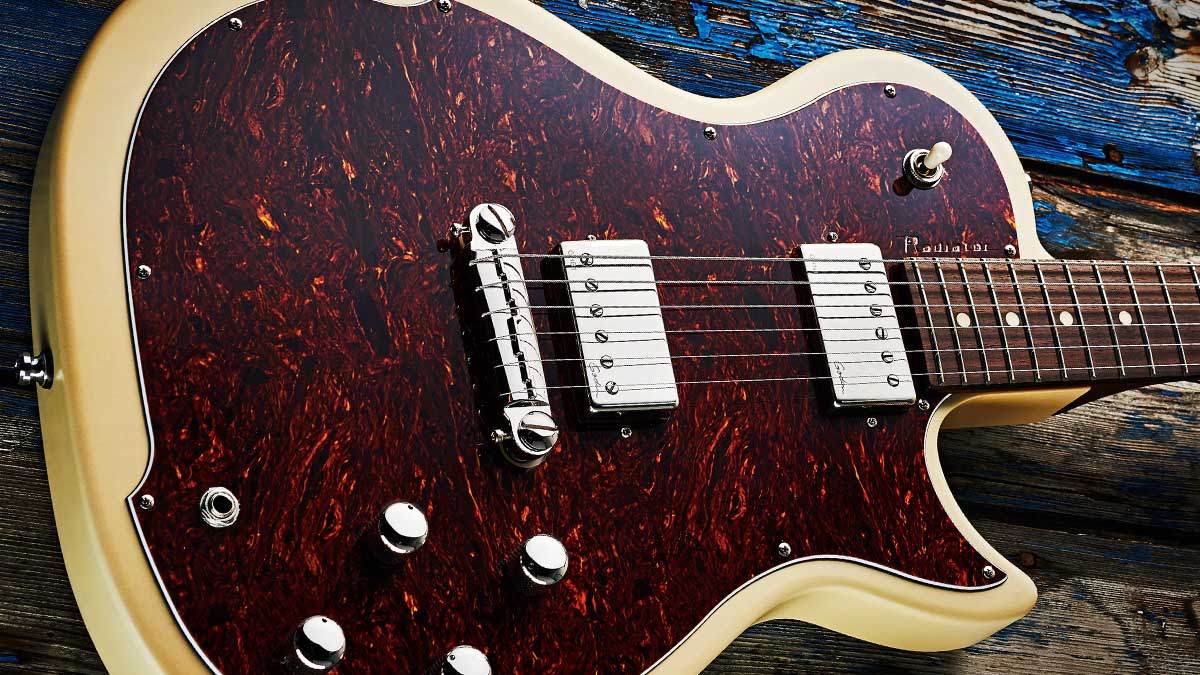Guitar World Verdict
Meet the new Radiator, quite a different beast from the old Radiator, with a tone tuned for rock and a super-playable chassis that makes a great value candidate for aftermarket modding but is nonetheless pretty cool as is.
Pros
- +
Simple but classy build.
- +
Great neck and playability.
- +
Rock-ready voicing and subtle retro vibe.
- +
Comes with a gigbag.
Cons
- -
Might be a little dark-sounding for some.
You can trust Guitar World
Godin’s original Radiator launched back in 1999 as a very retro-styled entry-level model – the antithesis of the more complex dual- and three-voice (including synth access) electrics that the Canadian company was becoming known for.
It used the elongated single-cut SD shape, pretty similar to today’s LGXT, with a bolt-on 24-fret maple neck, while the fairly heavily chambered body was covered with pearloid, including a full-face scratchplate, creating that retro vibe and probably inspired by certain Magnatone electrics from the 50s.
Along with a string-through bridge with six L-shaped saddles, it featured a pair of retro-y Rickenbacker-style single coils with dual volumes and a master tone all mounted on its plastic front.
That original model also came in a range of natty colours, too. Today’s version certainly has some of that DNA, although the body shape follows the more contemporary single-cut outline used on Godin’s Summit Classic SG.
The colours are also more muted like our matt Trans Cream with its tortie face; the Matte Black version comes with a black fascia, while Bourbon Burst features a whiter pearloid facing. Incidentally, the colour-matched pearloid is also overlaid on the very classic-style and back-angled three-a-side headstock here.
Like the original, the 45mm thick silver leaf maple body is chambered, but here it’s more heavily done, though that aspect of the design is not mentioned in any Godin marketing. It means the guitar drops comfortably below the 3.6kg (8lb) mark, but certainly doesn’t feel feather-light.
The craft is excellent… The neck really does feel like it should be on a much higher priced guitar
In fact, it’s got a good business-like and purposeful feel to it, less gimmicky perhaps than that original design. Now, you could bash it up a bit and load it up with boutique parts, and a design like this could easily set you back £3k. But Godin has long loaded in the quality while keeping costs pared down, thanks to their immense production experience.
We’ve mentioned the matt body finish, which is obviously quicker to apply than a high gloss. The neck appears brown-stained and is a little more silky satin in feel, but we’d guess that’s pretty fast to apply, too.
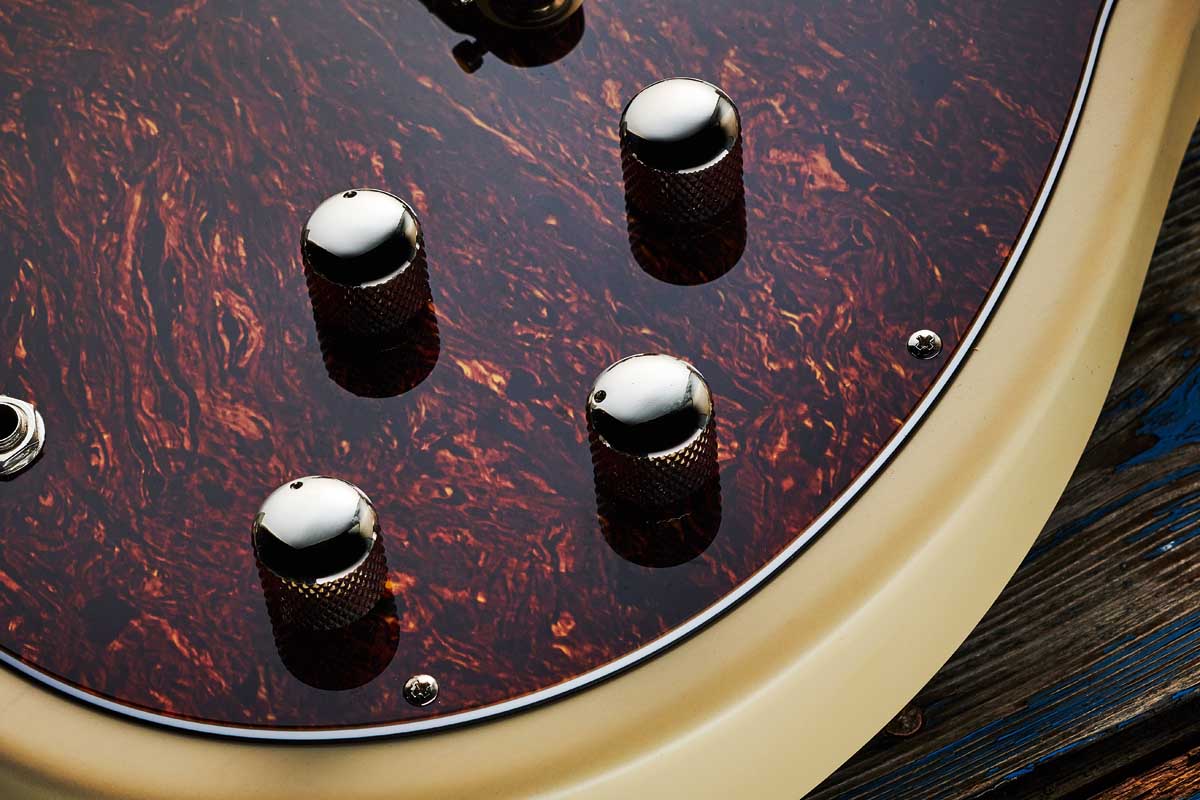
There’s a little rear edge chamfering on the back, but otherwise we just get an edge radius to the slab body. The heel is left square and Gibson-esque, and the neck appears to be a three-piece construction with its headstock spliced on and a heel stack. Godin doesn’t go deep on pickup specs.
These are clearly covered and classic looking with individual volume and tones, a shoulder-placed toggle and output jack below the lowest controls. It means, of course, that all the wiring and pickups can be mounted to the face-plate, although with 13 screws to attach it to the guitar (there’s a hidden screw under the bridge) you won’t want to be removing and replacing it too often.
And while the Summit Classic SG, which we looked at back in issue 440, sported a rather nice Graph Tech ResoMax Sonic 1 one-piece “wraparound” bridge, the wrapover here is more generic in style, a heavier cast bridge with raised ridges to act as intonated ‘saddles’.
Overall, intonation is via the two protruding steel bolts that connect directly to the steel posts adding to the rather Melody Maker-like vibe.
Feel & Sounds
The craft is excellent, particularly for the price. The neck really does feel like it should be on a much higher priced guitar. It features a Gibson-like scale length and similar 305mm (12-inch) radius and the medium gauge fretwire (approx. 2.36mm wide by 1.2-1.25mm high) is beautifully installed and highly polished.
The fingerboard edges are lightly rolled, too, and the Graph Tech Tusq nut is perfectly cut. In terms of profile it’s a pretty regular medium C style: 21.5mm at the 1st fret and 24mm at the 12th, almost Fender-y in lower positions with a little more bulk by the heel.
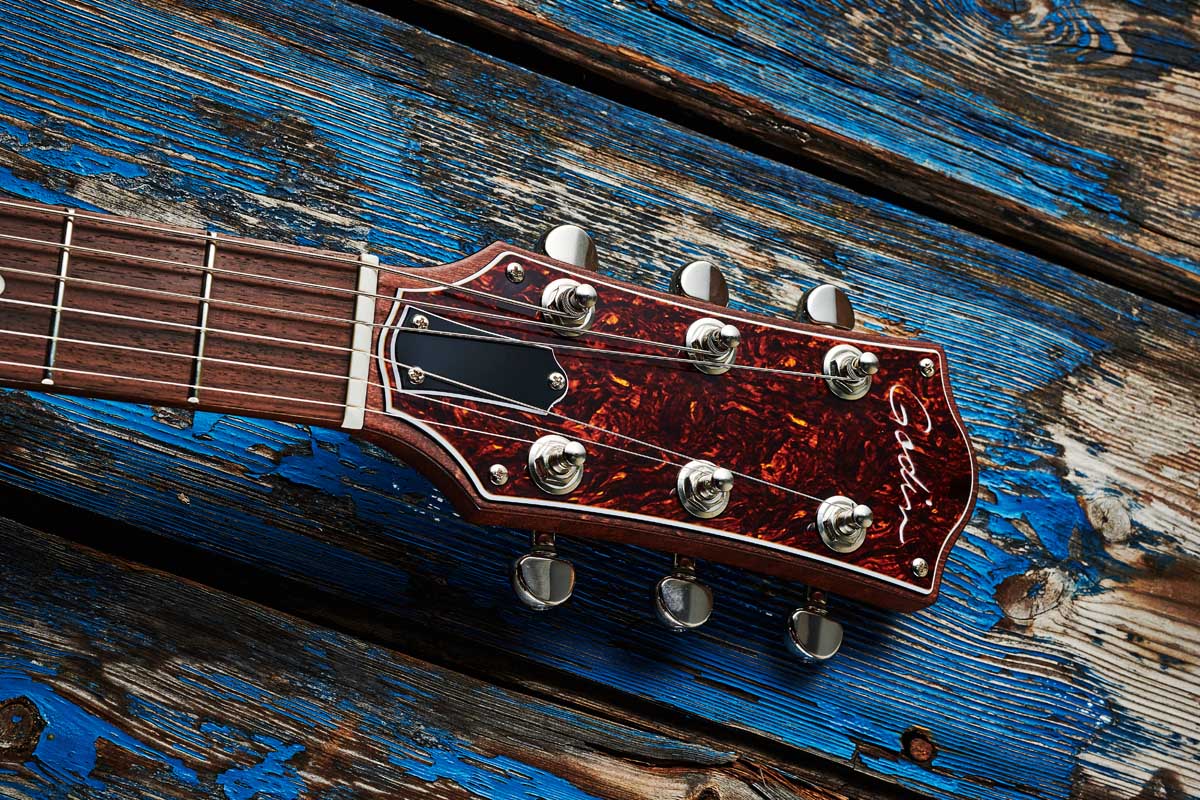
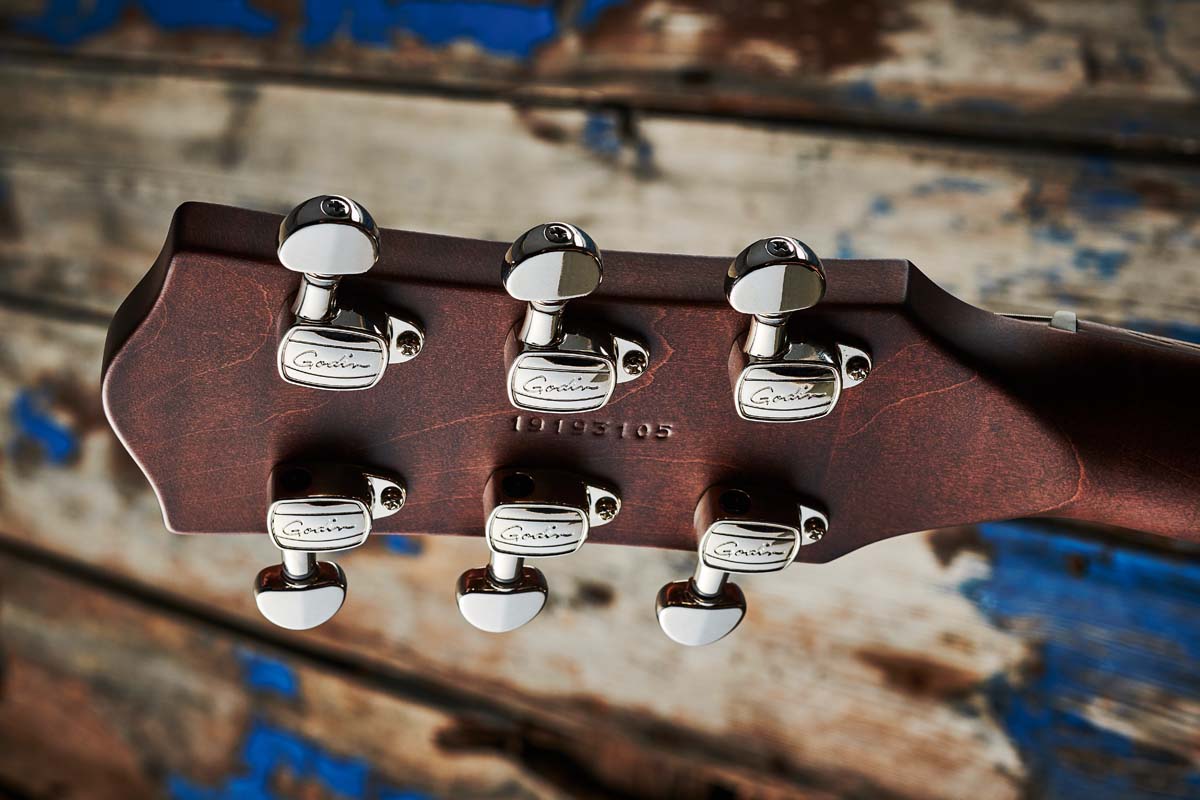
Aside from needing a slight tweak of the truss rod, the setup is low and slinky as supplied with a string height of 1.3mm on the high E and 1.5mm on the bass.
The very retro Godin logo’d tuners are a little special as well, with a very smooth feel and higher-than-usual gear ratios (18:1 on the bass side and 26:1 on the treble), which makes them very fine tuning, especially on the treble side.
Once we’d stretched the strings, we barely touched them: this is one very stable guitar. The bridge, though, is a little rudimentary. Intonation was slightly sharp overall during our test, but that can be easily dialled in with those outer pair of Allen key bolts.
If you live in the upper-fret positions, certainly chordally, it simply might not be ‘in’ enough, but we suspect this guitar has more of a rock ’n’ roll aim.
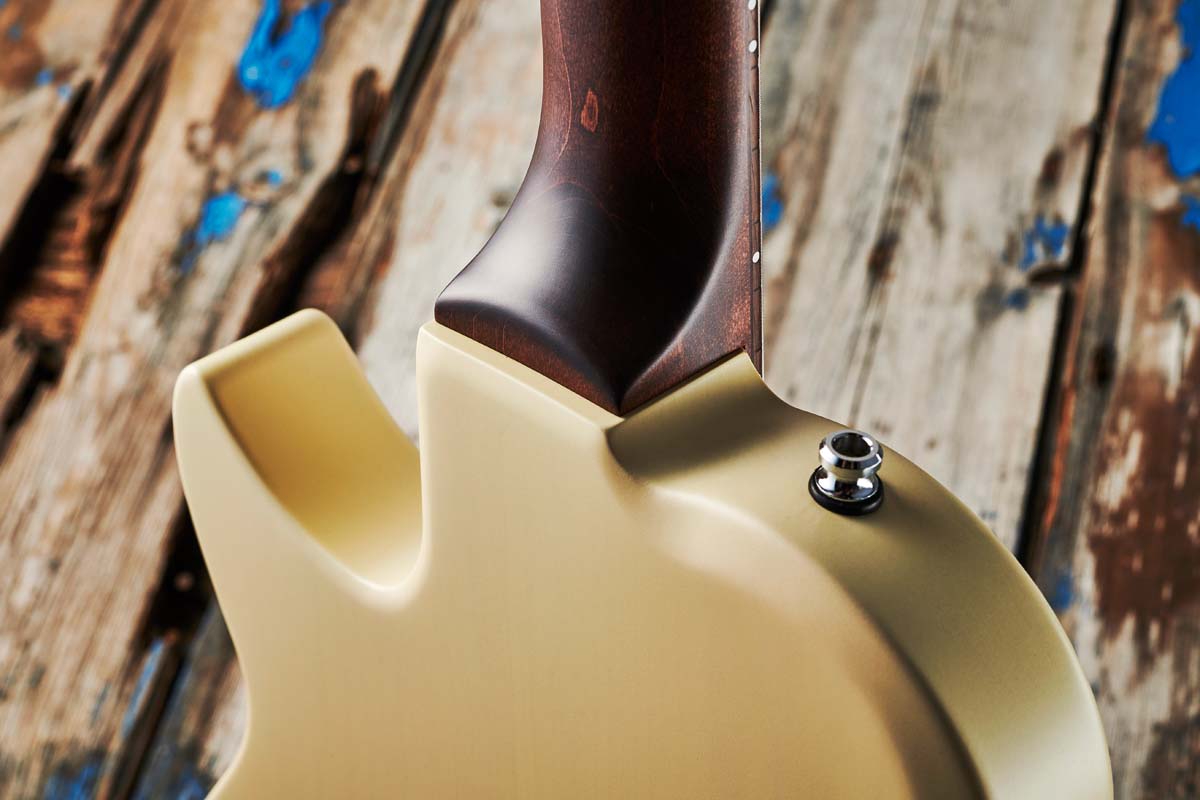
Although we have four controls they’re not laid out like our benchmark Gibson’s; the outer treble pickup volume and tone are lower than the closer neck pickup pair. It’s hard, then, to do the classic move where you can pull up or down both volume or tone controls simultaneously with a swipe of your right hand.
It’s not a dealbreaker, but it is a slightly different drive and you’ll need a cable with a right-angled jack for the face-mounted output socket, of course.
Despite hanging on (or should that be clinging on?) to its retro past, this Radiator is revoiced with much more rock intention. It’s kind of like a pawnshop relic from the 50s that Larry DiMarzio modded back in New York city in the early 70s.
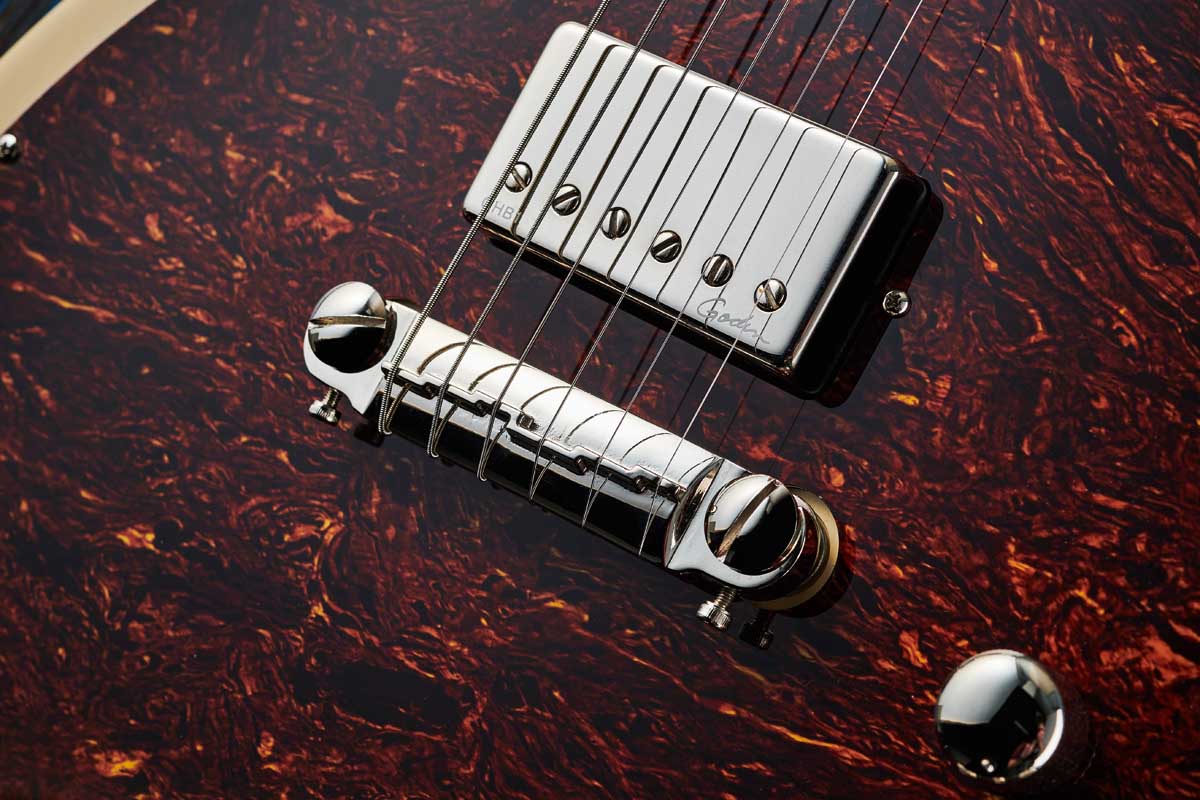
There’s nothing wrong with that, nor the sounds we’re hearing with a nicely gained Marshall-y amp voice where the bridge has that sort of overwound grind about it that would grace most classic rock to early metal styles perfectly.
The neck is no slouch with a tube-y voice that, in the environment, has just enough clarity for those vocal lead lines. On a cleaner Fender-y channel, it ain’t a Tele that’s for sure, although the mix does add a little more chime and some dirty funk, especially if you knock the neck volume back a little.
It’s a thicker, tougher sound than you might expect, and you can’t help thinking that some coil-splits and/or a simple treble bleed circuit would add some versatility to what is a very good-playing guitar.
If the original Radiator was more indie, this one is more alt-rock, armed with some pretty serious clout. Above all, it’s the playability that punches way above its weight. Godin really knows how to make a good guitar.
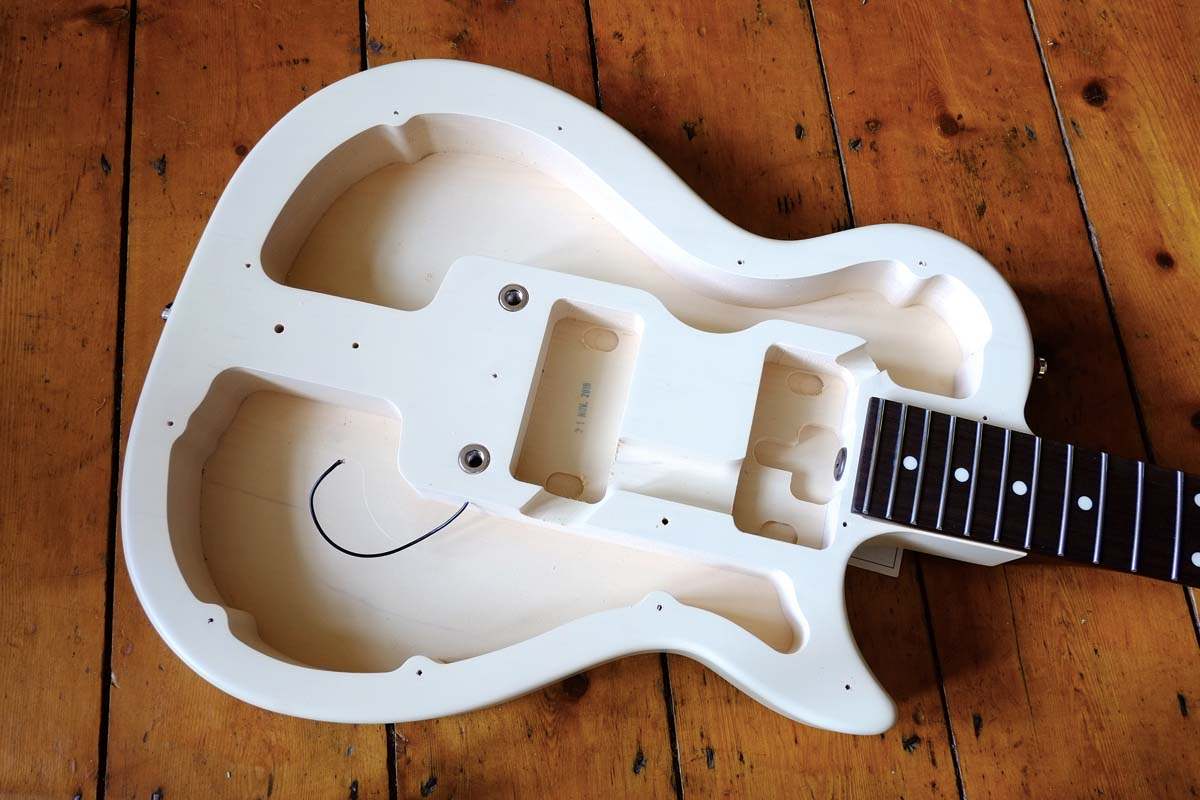
Verdict
A very different guitar to the original Radiator, this 2020 version – full-face scratchplate aside – seems more rock-aimed and much less retro-sounding. Of course, you could easily swap the pickups or even mod what you have here to increase the versatility, and on a quality platform such as this any work would be money well spent.
The bridge, while certainly suiting the vibe, is a little rudimentary, but again that’s easy to upgrade. That’s not to say there’s anything really lacking here. It’s a gutsy-sounding Les Paul Special-style instrument with a great weight and a big sound.
It’s crisply made and actually feels more like an old guitar; it plays like butter, too, and comes with a proper gigbag. If we were Godin we’d be shouting about this guitar a lot more. This really is a slice of modded boutique style at a very tempting price.
Specs
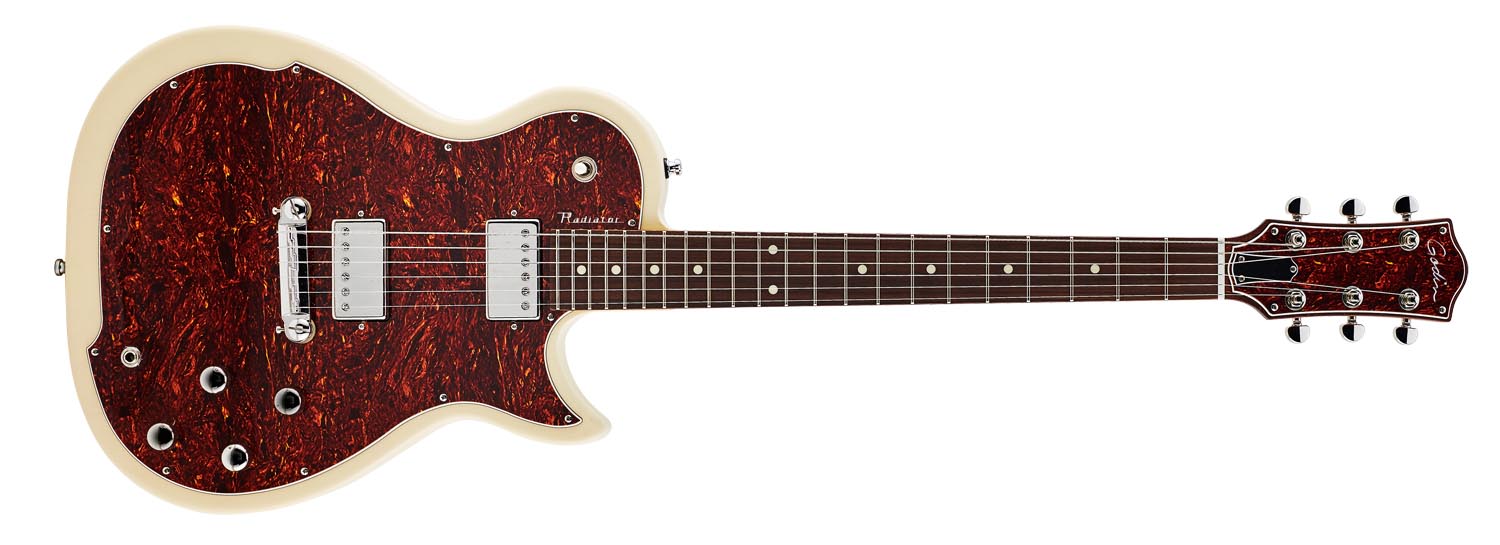
- PRICE: $699 / £829
- ORIGIN: Canada
- TYPE: Single-cutaway, solidbody electric
- BODY: Silver leaf maple, chambered
- NECK: Silver leaf maple, glued-in
- SCALE LENGTH: 629mm (24.75”)
- NUT/WIDTH: Graph Tech Tusq/42.79mm
- FINGERBOARD: Rosewood, pearloid dot inlays, 305mm (12”) radius
- FRETS: 22, medium
- HARDWARE: Wraparound bridge, ‘High-Ratio’ tuners (18:1 bass side, 26:1 treble) – nickel/chrome-plated
- STRING SPACING/BRIDGE: 52mm
- ELECTRICS: Nickel-covered Custom Godin humbuckers (GHB1 bridge & GHN1 neck), 3-way toggle pickup selector, individual pickup volume and tone controls
- WEIGHT (kg/lb): 3.5/7.7
- LEFT-HANDERS: No
- FINISHES: Trans Cream (as reviewed), Matte Black, Bourbon Burst
- CONTACT: Godin Guitars

Dave Burrluck is one of the world’s most experienced guitar journalists, who started writing back in the '80s for International Musician and Recording World, co-founded The Guitar Magazine and has been the Gear Reviews Editor of Guitarist magazine for the past two decades. Along the way, Dave has been the sole author of The PRS Guitar Book and The Player's Guide to Guitar Maintenance as well as contributing to numerous other books on the electric guitar. Dave is an active gigging and recording musician and still finds time to make, repair and mod guitars, not least for Guitarist’s The Mod Squad.
“It holds its own purely as a playable guitar. It’s really cool for the traveling musician – you can bring it on a flight and it fits beneath the seat”: Why Steve Stevens put his name to a foldable guitar
“Finely tuned instruments with effortless playability and one of the best vibratos there is”: PRS Standard 24 Satin and S2 Standard 24 Satin review
